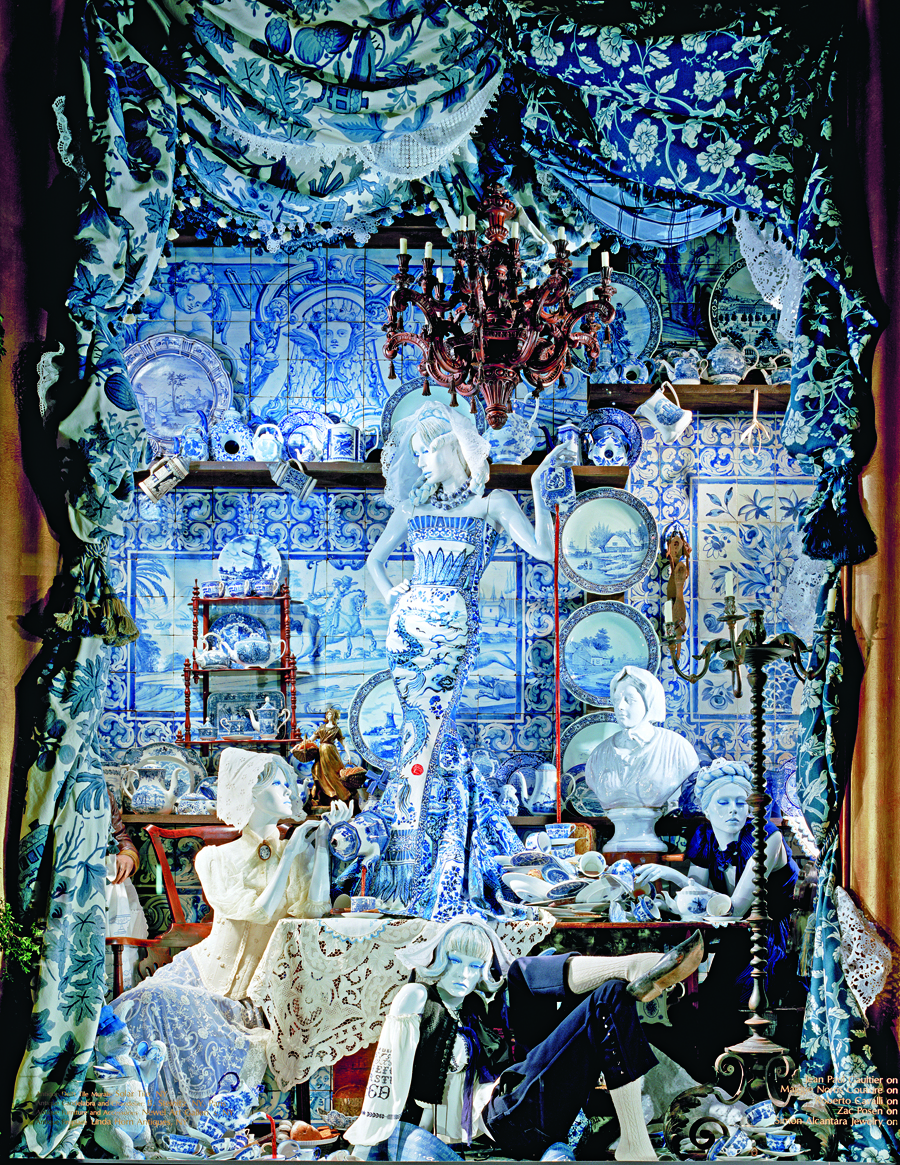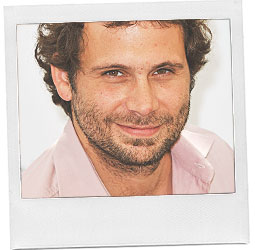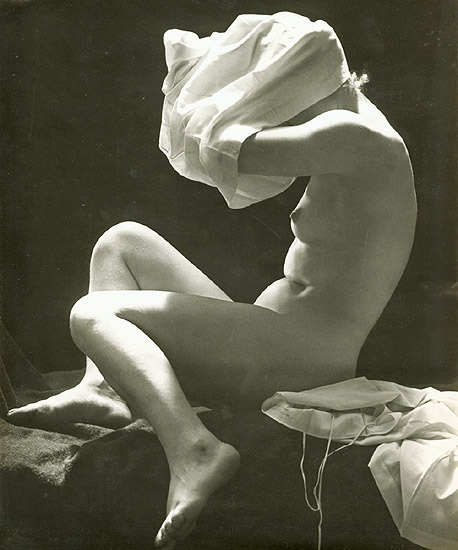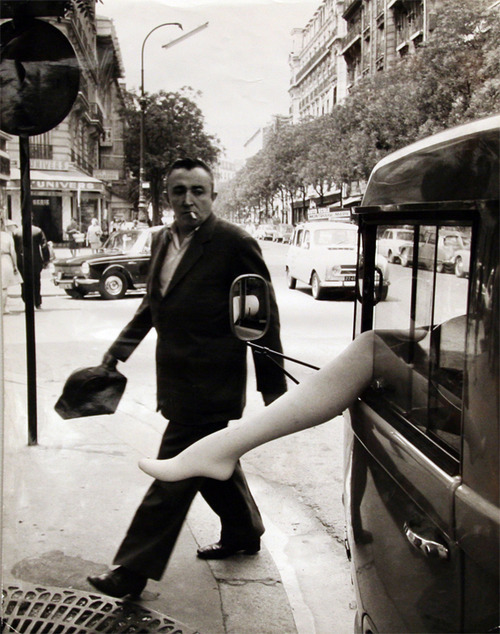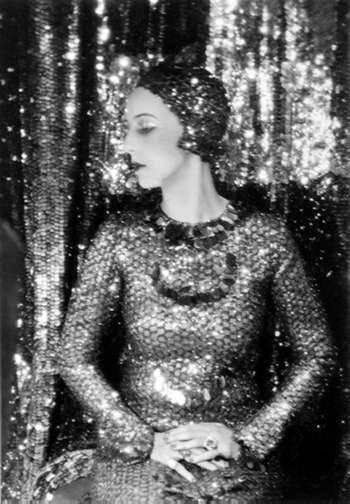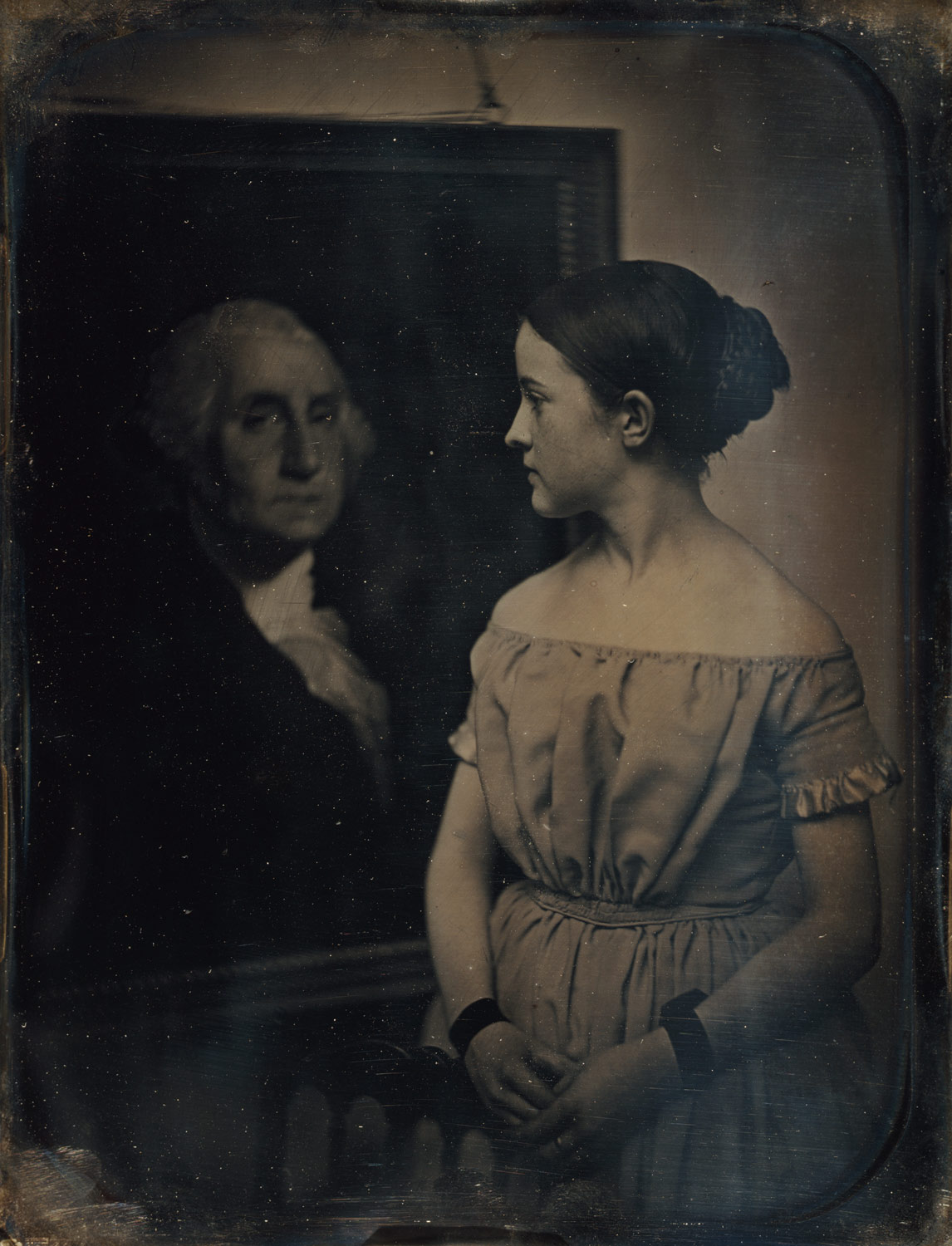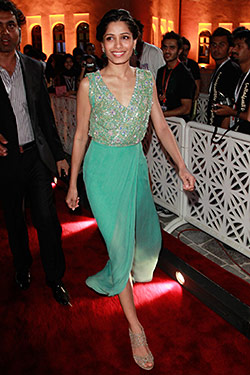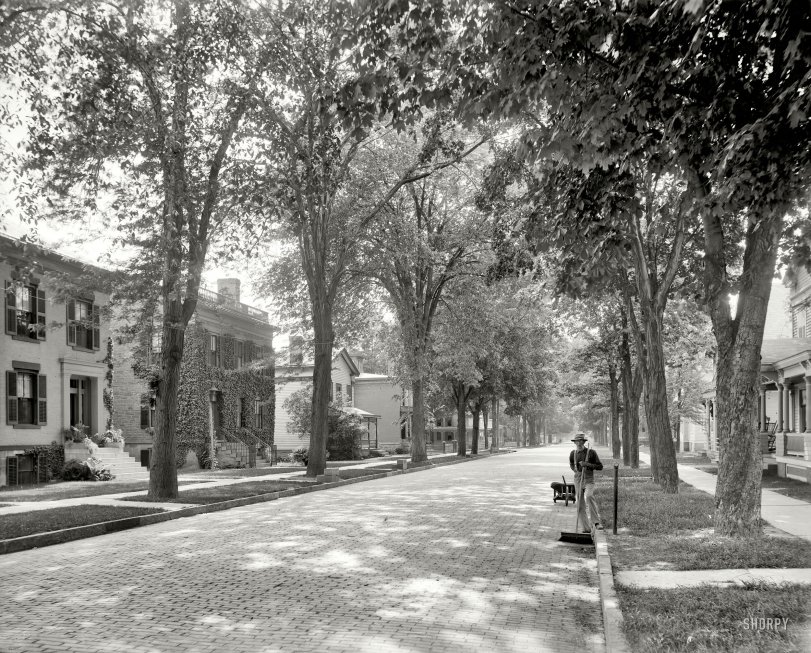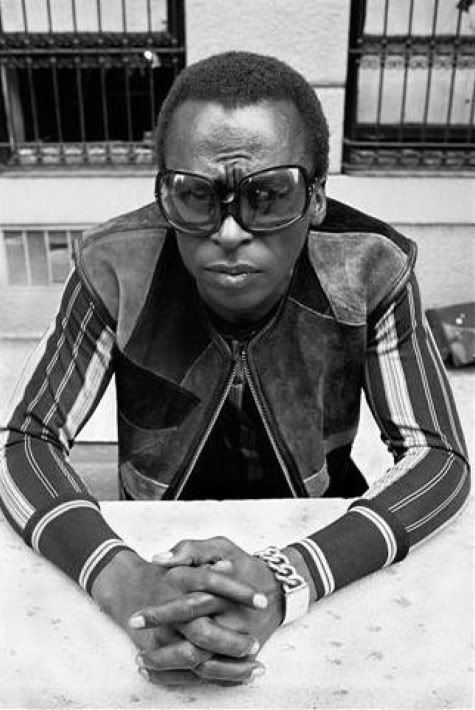John Branca and John McClain, co-executors of the Michael Jackson estate, today fired off an angry letter to Discovery Communications president and CEO David M. Zaslav protesting the upcoming Jan. 13 broadcast in the U.K. of "Michael Jackson's Autopsy: What Really Killed Michael Jackson," a program that will reenact the King of Pop's autopsy.
In the three-paragraph letter, the executors were clear in their outrage:
We were especially outraged when a sickening print advertisement for the program appeared making light of Michael's death by depicting a corpse sprawled on a steel gurney covered by a sheet with a hand sticking out wearing Michael's signature sequined glove. Discovery obviously views this as clever advertising and creative "branding" for its program. But in fact, the ad is debased, sick and insensitive. No doubt this fictitious, morbid image is being spread worldwide even now on the Internet, viewed by Michael's loved ones, and even accepted as authentic by those who may be unaware that Discovery made it up.
The letter, dated Dec. 29, closes with this plea: "On behalf of Michael's family, fans, common sense and decency, we urge you to reconsider and cancel this program."
A spokesperson for Discovery Communications declined to comment.
WORD. The more I learn of these co-executors, the more I like them. MJ could ask for no better stewards of his legacy.
UPDATE--Well, what do you know? It worked.




